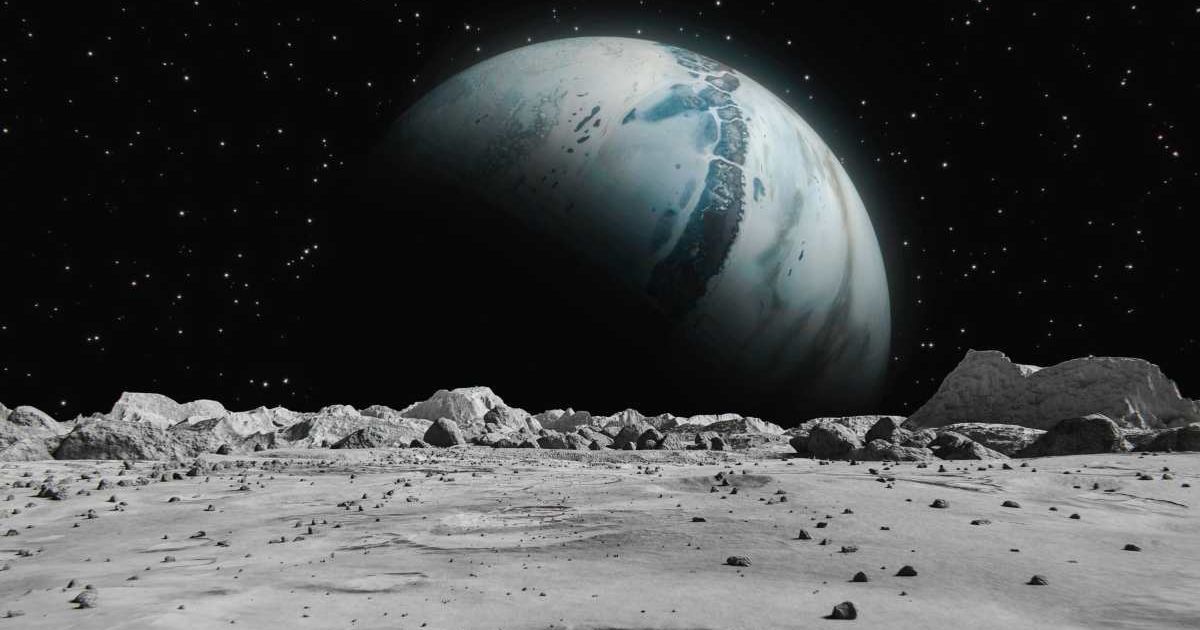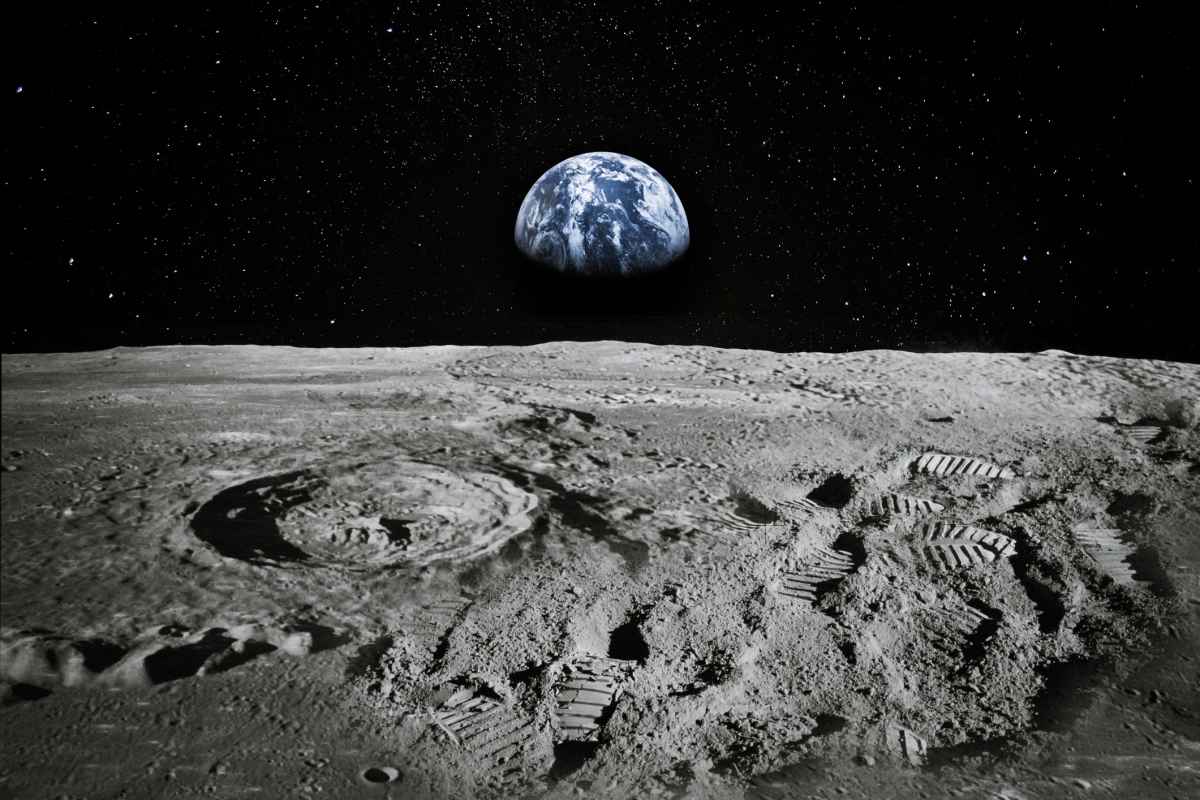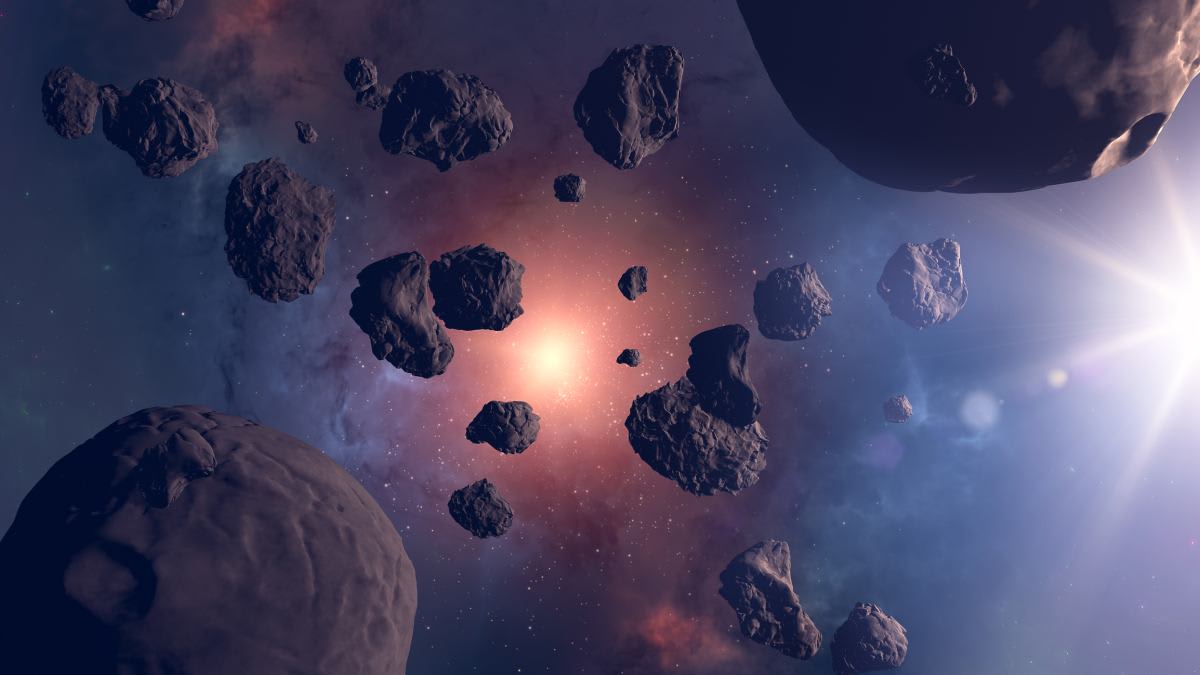Scientists Brought a Rock From the Far Side of the Moon — and It Held Surprising Clues to Earth’s History

Somewhere in the early summer of 2025, China’s Chang’e6 capsule landed on the South Pole of the Moon and started digging its silver-grey soil with a drill. Once the pit was deep enough, the capsule stretched its robotic arms and scooped out a 4-pound sample of the moondust in a cup attached to its claws, as noticeable in the live footage. It was a machine crafted by Chinese scientists to unfurl the secret chemistry of the Moon. Now that scientists have investigated the moon's rubble, they hypothesize that one of the factors that initiated life on Earth could be something never thought before, according to their findings were published in Proceedings of the National Academy of Sciences.

The general view held by the scientific community states that Earth emerged from a violent collision between two gigantic space rocks. Around 4 billion years ago, Earth was born. Then, during an asteroid collision, the material ejected accumulated in a giant dusty rock that later became the Moon. But it seems there was another dynamic unfolding between the Earth-Moon chemistry, which was provoked by a third party, most likely an asteroid. The samples collected by the Chang’e 6 mission indicate that behind the current model of Earth and Moon, as well as of their relationship, the backstory was more turbulent than ever thought before.

On June 25, the capsule made a fiery plunge into the grassy steppe of Northern China’s Inner Mongolia Autonomous region, suspended by a parachute. Scientists waiting in the field opened the doors of the golden-ball-like capsule, collected the sample, and airlifted it to the China Academy of Space Technology (CAST), where the capsule was originally constructed.
These samples promise to rewrite both the impact history of the moon and the mass transfer mechanism of the solar system. Trapped within the grains of this rare relic are clues that a rampant event in the past deposited water-bearing CI chondrite molecules in both the Earth's and the Moon’s atmosphere. On Earth, the molecules found perfect conditions to initiate life; on the Moon, they became locked and frozen in ice, a cosmic accident that lingered in shadows for so many decades.

Chondrite, in scientific terms, is a rare form of water-containing meteorite. A meteorite is a fragment of an asteroid that has crashed or exploded. Chondrites are the cosmic sediments that never fully melted after the explosion or collision and either got stuck or were transformed by the surrounding conditions. While Earth has several shields, including a magnetic field, to divert the space rocks tumbling towards it, the Moon doesn’t even have an atmosphere or plate tectonics, let alone a boundary. So, when China’s scientists collected samples from its Aitken Basin, their objective was to curate a “natural archive” that would reveal striking insights about the geologies of both Moon and Earth.

When they discovered that the sample showed an unexpected similarity to Earth’s rocks, they knew they had detected a blind spot. This is the “first confirmed debris of a type of meteorite known as Ivuna-type carbonaceous chondrite – or CI chondrite – ever to be found on the Moon,” they wrote, adding, “We identified these uncommon clasts as remnants of carbonaceous Ivuna-like (CI) carbonaceous chondrites similar to asteroids Ryugu and Bennu.” The discovery, they highlighted, is a valuable tool for reassessing the chondrite proportion in the inner Solar System.

And although identifying impactors on the Moon remains challenging due to their vaporization post-collision at high velocities, the prospect that there are stories of Earth’s past stowed away in moon dust is exciting enough for space agencies, China’s or global, to continue building probes that would travel to the Moon and bring back these stories for us. Cosmos, ultimately, is the greatest storyteller, and the particles of dust are its library.
More on Green Matters
The Earth’s Magnetic Field Is Weakening on a Patch Near South America — Scientists Are Worried
Scientists Discover a New Type of Wood That Could Help Fight Climate Change
500-Million-Year-Old Mountains Beneath Antarctic Ice Could Hold Secrets To Earth’s Past